Venus is the second planet from the Sun, orbiting it every 224.7 Earth days. At 243 days, it has the longest rotation period of any planet in the Solar System and it rotates in the opposite direction to most of the other planets. It has no natural satellites and it was named after the Roman goddess of love and beauty. Take a look below for 30 more fun and fascinating facts about the planet Venus.
1. On Venus, it snows metal and rains sulphuric acid.
2. Venus can only be observed by radar mapping or land probes.
3. Venus is the brightest thing in the sky on Earth, except the Sun and the Moon.
4. It’s sometimes called the Evening Star or the Morning Star.
5. A solar day on the surface of Venus takes 117 Earth days.
6. Scientists believe that one of the reasons that Venus rotates in the opposite direction to the Sun could be because of a collision in the past with an steroid or other object that caused the planet to alter its rotational path.
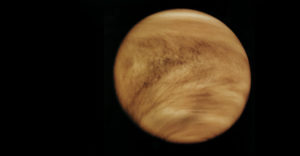
7. The atmospheric pressure on Venus is 92 times greater than the Earth’s. While its size and mass are smaller to Earth, the small asteroids are crushed when entering its atmosphere, which means that there are little to no small craters on the surface of the planet.
8. The pressure felt on the surface of Venus for a human would be equivalent to that experienced deep beneath the sea on Earth.
9. Venus is often called the Earth’s sister planet. This is because they’re very similar in size with only a 638 kilometer difference in diameter. Also, both have a central core, a molten mantle and a crust.
10. Early civilizations thought that Venus was two different planets, called Phosphorus and Hesperus by the Greeks, and Lucifer and Vesper by the Romans. This is largely because when its orbit around the Sun overtakes Earth’s orbit, it changes from being visible after sunset to being visible before sunrise.
11. Mayan astronomers made detailed observations of Venus as early as 650 AD.
12. At surface temperatures of 462 degrees Celsius, Venus is the hottest planet in the Solar System. This is because Venus doesn’t tilt on its axis, meaning that there is no seasonal variation. Also, the dense atmosphere of around 96.5% carbon dioxide, traps heat and causes a greenhouse effect.
13. In 2006, the Venus Express spacecraft was sent into orbit around Venus by the European Space Agency. In 2015, the spacecraft returned with information on more than 1,000 volcanoes or volcanic centres larger than 20 kilometers.
14. The Soviet Union’s Venera 3 was the first man made spacecraft to land on Venus in 1966.
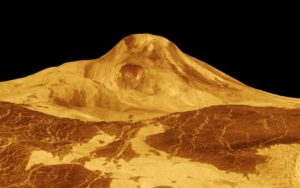
15. At one point, Venus was thought to be a tropical paradise. This is because the dense clouds of sulphuric acid surrounding Venus made it impossible to view its surface from outside its atmosphere.
16. It was only when radio mapping was developed in the 1960s that the scientists were able to observe and measure the extreme temperatures and hostile environment on the planet.
17. It’s thought that Venus had oceans at one point but that they all evaporated as the planets temperature increased to extreme levels.
18. About 65% of Venus’ surface is covered in flat, smooth plains, and the remaining 35% is made up of six mountainous regions. The mountain range, Maxwell, is about seven miles high and 540 miles long, making it the highest feature on the planet.
19. The force of gravity on Venus is slightly less than gravity on Earth. For example, a person weighing 100 pounds on Earth would weigh about 88 pounds on Venus.
20. Because of its slightly smaller size and lower density, Venus’ mass is about 80% that of Earth.
21. Until recently, Venus had been the most visited planet by space probes. There have been 18 Soviet and 6 American spacecraft making the trip.
22. While astronomers aren’t sure if any form of life exists on Venus, it’s highly unlikely. The temperatures are extremely hot and no species of plants or animals from Earth could survive on Venus.
23. Geologists believe that Venus once had massive bodies of water on its surface, similar to Earth, which dried up about 300 million years ago as the Sun began emitting bigger and bigger amounts of solar energy.
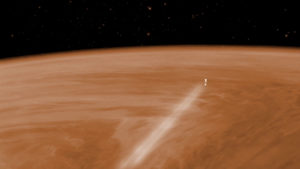
24. Scientists believe that Venus was formed largely by volcanic processes, due to the large amount of volcanoes, lava flows, craters, and ridges which make up the planet’s surface.
25. Because Venus is so much brighter in the sky than anything except the Sun and the Moon, it drew notice from almost all ancient civilizations. The Chinese called it Tai-pe or “the beautiful white one,” the Egyptians called it Bonou for “bird,” and the Chaldeans called it the “bright torch of heaven.”
26. The English word “Friday” comes from the Anglo-Saxon Frigedaeg, meaning “Venus day.” Many other languages trace their names for Friday from root words meaning “Venus day.”
27. Several ancient civilizations practiced Venus worship in some form, and veneration of the planet has persisted until modern times. It’s been suggested that human sacrifices were offered to the planet as last as the 19th century by Polynesian cultures and the Skidi Pawnee Indians in North America.
28. Because of the big masses of clouds that never clear from Venus’ skies, neither Earth or the Sun is ever visible from the planet’s surface.
29. Venus experiences a constant, high speed wind that carries its clouds on a complete trip around the planet every 4 Earth days.
30. Venus and Mercury are the only two planets in the Solar System that don’t have any moons orbiting them.

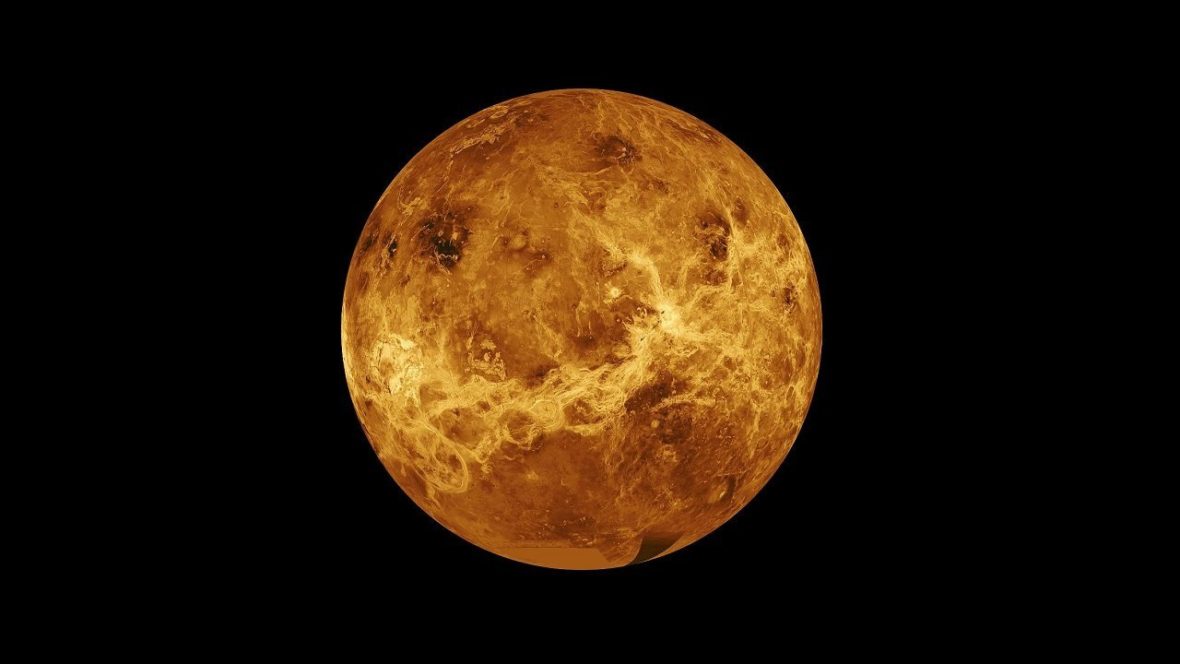

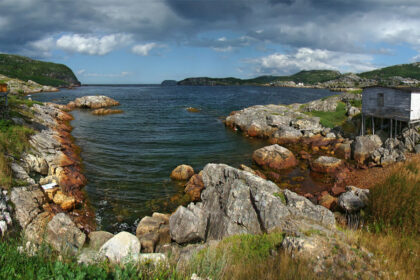

4 Comments
Pingback:
January 26, 2018 at 3:32 pmPingback:
May 29, 2018 at 1:17 pmPingback:
June 14, 2018 at 1:23 pmPingback:
July 9, 2018 at 3:01 pm